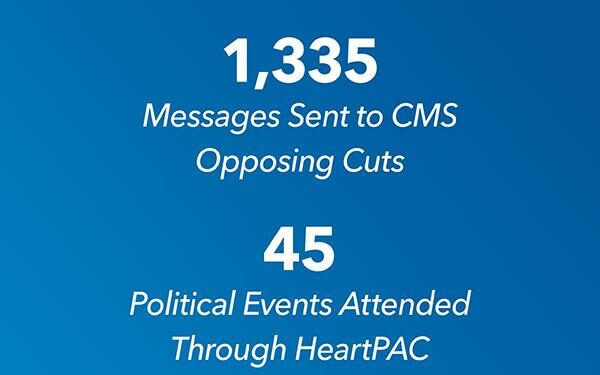The Senate’s version of former President Trump’s budget bill proposes significant cuts to health care programs, raising concerns about the impact on millions of Americans. As lawmakers debate the measure, questions emerge about who would bear the brunt of reduced funding and what consequences these cuts could have on access to medical services, public health, and vulnerable populations. This article examines the groups most likely to be affected by the proposed changes and the broader implications for the nation’s health care landscape.
Populations Most Vulnerable to Senate’s Proposed Health Care Cuts
The Senate’s health care budget proposal risks disproportionately affecting low-income families, seniors, and individuals with disabilities. Medicaid, a critical source of health coverage for these populations, faces deep funding cuts that could lead to diminished access to essential services, including long-term care and mental health support. Children from impoverished households, who rely heavily on Medicaid and CHIP programs for preventive care and treatments, stand to lose vital health protections as states are forced to tighten eligibility and benefits.
Rural communities also emerge as a particularly vulnerable group. With fewer hospitals and primary care providers, any reduction in Medicaid funding exacerbates existing health disparities. The table below highlights key population groups alongside their primary challenges under the proposed cuts:
| Population Group | Primary Impact | Estimated Coverage Loss |
|---|---|---|
| Low-Income Families | Reduced eligibility, fewer benefits | Up to 14 million |
| Seniors on Medicaid | Cuts to long-term and home care | 4 million |
| Disabled Individuals | Restricted access to support services | 2.5 million |
| Rural Residents | Closure of local facilities, fewer providers | 1.8 million |
Impact on Medicaid Recipients and Low-Income Families Explored
The proposed Senate budget bill includes significant reductions to Medicaid funding, which experts warn would disproportionately impact millions of low-income families and vulnerable populations. According to recent analyses, these cuts could result in decreased access to essential health services, including preventive care, mental health support, and long-term care for disabled individuals. States facing tighter budgets may respond by restricting eligibility, increasing copayments, or reducing coverage options, leaving many without vital medical assistance.
Key consequences for Medicaid recipients could include:
- Loss of coverage for basic health care services
- Higher out-of-pocket costs for families already struggling financially
- Reduced funding for maternal and child health programs
| Impact Area | Potential Outcome |
|---|---|
| Coverage Eligibility | Stricter income limits, fewer qualifying households |
| Service Availability | Closure of community clinics and reduced hours |
| Health Outcomes | Increased rates of untreated chronic conditions |
Policy Experts Recommend Safeguards to Protect Access to Essential Services
Amid concerns over proposed fiscal cuts, policy experts are advocating for robust protections to ensure vulnerable populations retain access to critical health services. They emphasize that slashing funding for Medicaid and other safety-net programs would disproportionately impact low-income families, seniors, and individuals with chronic illnesses. Experts call for targeted safeguards such as maintaining baseline funding levels, implementing gradual phase-outs of reductions, and enhancing oversight mechanisms to prevent unintended disruptions in care.
Key recommendations center on preserving essential service access, including mental health support, maternal care, and preventive programs. The following table outlines priority services identified by experts that should remain insulated from budgetary cutbacks:
| Essential Service | Population Impacted | Recommendation |
|---|---|---|
| Mental Health Programs | Low-income Adults | Maintain Current Funding |
| Maternal and Infant Care | Pregnant Women, Infants | Increase Oversight |
| Chronic Disease Management | Elderly, Disabled | Phase Out Cuts Gradually |
| Preventive Health Screenings | General Public | Ensure Continuous Access |
Insights and Conclusions
As the Senate continues to debate the proposed budget bill, the potential cuts to health care funding remain a central point of contention. Those most vulnerable-low-income families, seniors, and individuals relying on Medicaid and other federal health programs-stand to face significant challenges if the bill passes in its current form. Lawmakers on both sides will need to weigh the impacts carefully as discussions move forward, with the lives and well-being of millions hanging in the balance. PBS will continue to monitor developments and provide updates on how these policy decisions unfold.










